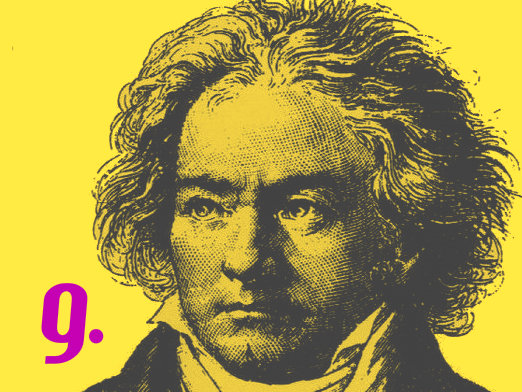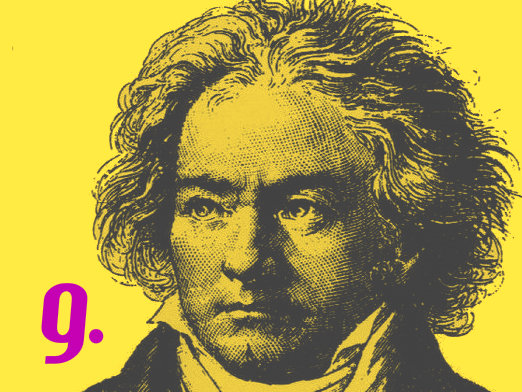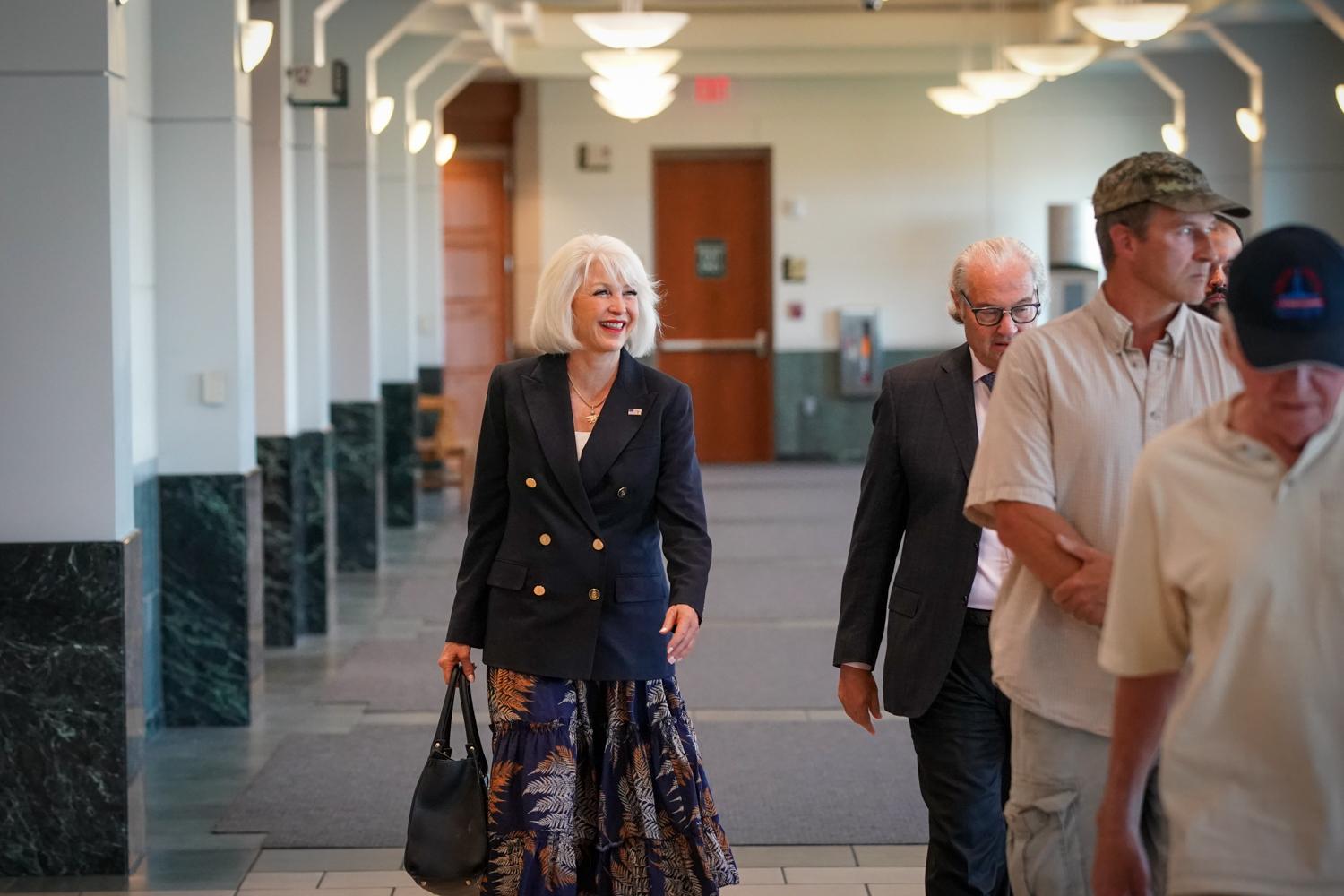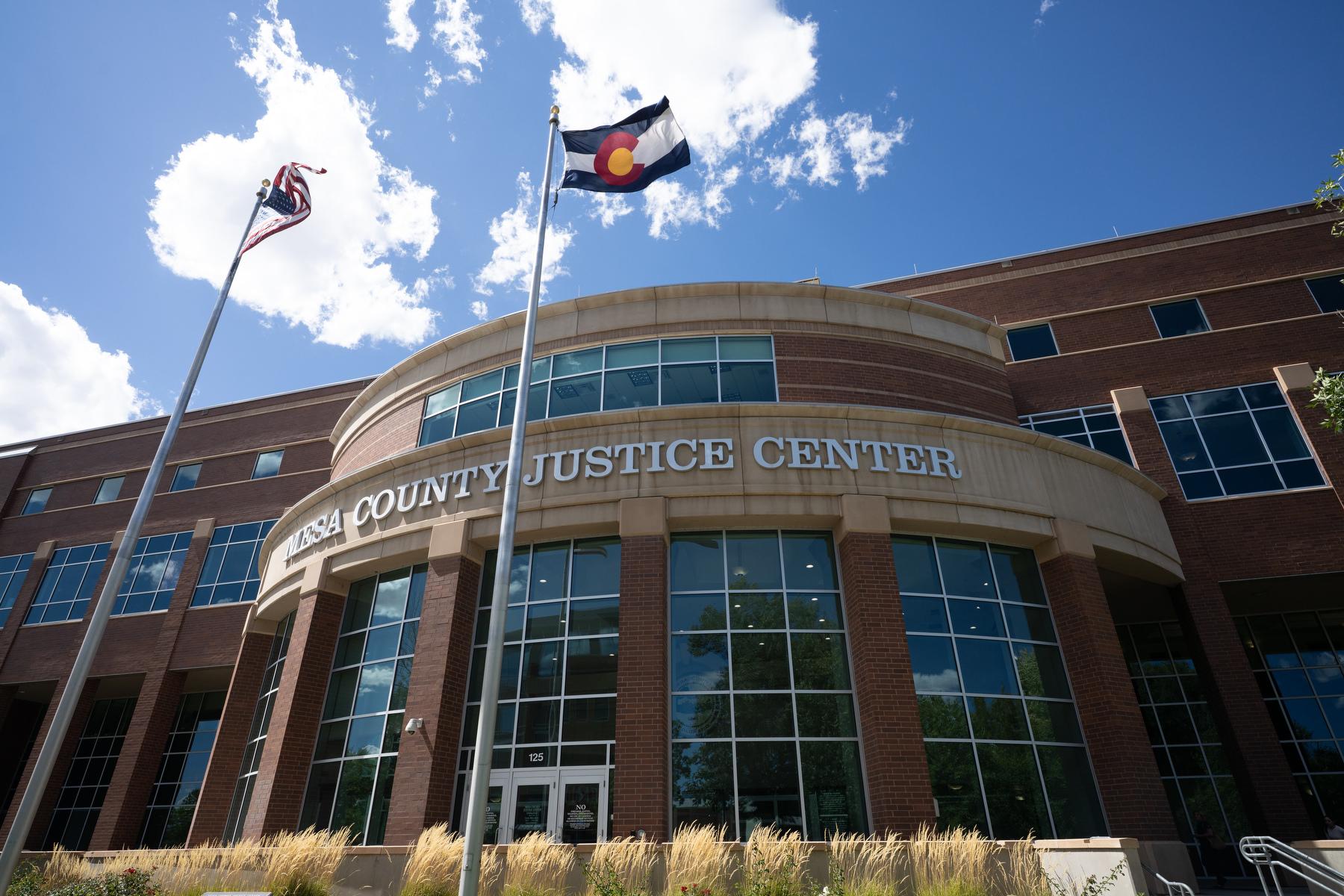

The Beethoven 9 as we explore the world of Beethoven through the lens of his symphonies with renowned classical biographer Jan Swafford.
Each month is dedicated to a different symphony. Each week you’ll hear a different interpretation from a world-class orchestra.
In September, we looked at Symphony No. 9.
There may be no more enduring musical work that speaks power to peace, strength in unity and hope for mankind.
In 1824, after many years and many tries to set Friedrich Schiller’s famous Ode to Joy to music, this is what Beethoven achieved.
The voices sing Schiller’s ode full-throated in the final 20 minutes of Beethoven’s 9th Symphony:
“Whoever has won in that great gamble of being friend to friend … let him join in our rejoicing ... even if there is only one other soul he can call his own on the whole earth.”
This, closing out a Mount Everest of music lasting more than an hour.
Beethoven could still hear when he came upon Schiller’s poem in his 20s. The composer had the vision then to set it to music.
Thirty years and many attempts later the seasoned, famous, deaf and temperamental Beethoven figured out how. By this time the galvanizing theme of brotherhood took on a whole new tone for him.
Beethoven -- socially isolated, struggling with health and hearing loss -- still heard the music distinctly in his head. In the concert hall between his ears, Beethoven crafted his crowning symphony.
The Ninth was the ultimate culmination of Beethoven’s symphonic expression and one of the most extraordinary demonstrations of human achievement you will ever hear.
His symphonies collectively stand as the exemplar for all symphonies that followed them.








